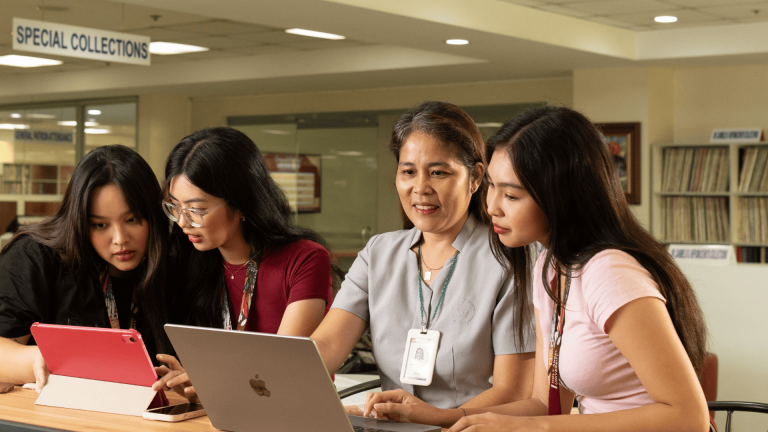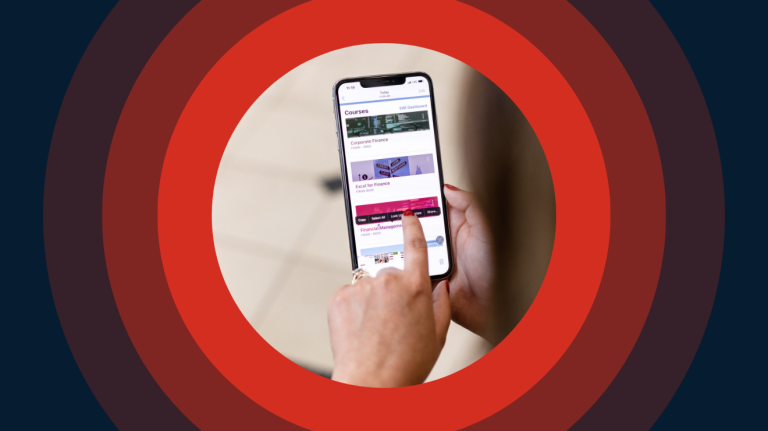Across Asia Pacific, the idea of education as a linear, one-stage journey is giving way to something more dynamic. People are returning to study at different points in life, whether to upskill, explore new directions, or meet professional requirements that didn’t exist just a few years ago. Institutions are being asked to support more adaptable, personalised learning journeys—but in many cases, the systems they rely on aren’t keeping up.
Policy is aligning with learner and workforce demand
Governments across the region are beginning to formalise what many institutions and learners already know: education needs to be more flexible, more relevant, and more continuous. Policy initiatives around microcredentials, open and distance learning, and lifelong access are starting to reflect broader shifts in how people learn and work.
Australia has introduced a National Microcredentials Framework and is funding pilot courses in priority fields. New Zealand recognises microcredentials on its national qualifications framework, with New Zealand Qualifications Authority-approved offerings developed in response to workforce needs. In the Philippines, the Commission on Higher Education (CHED) is establishing national guidelines and working to improve digital infrastructure to support more accessible, on-demand learning.
Singapore’s SkillsFuture programme provides citizens with subsidised access to upskilling opportunities, while Malaysia continues to expand open and distance learning as part of its higher education strategy.
These efforts suggest a policy environment that is beginning to match what learners, educators, and employers have long been calling for. The next question is whether the systems used to deliver learning can keep pace.
Learners are asking for more
Policy change is only part of the picture. The real shift is coming from learners.
Our State of Higher Education 2025 reports show a growing demand for educational experiences that are more flexible, more relevant, and easier to access. In Australia and New Zealand, students rated self-paced learning and personalised content among their top priorities. In the Philippines, learners placed high value on education that connects directly to career outcomes.
These are not outliers. Instead, they reflect what learners increasingly expect from their institutions. Whether it’s a short course, a formal qualification, or professional upskilling, the learning experience needs to feel consistent, purposeful, and worth their time.
That’s difficult to provide when systems treat education as a one-size-fits-all experience.
Most LMSs were not built for this
Plenty of platforms can deliver content, but that doesn’t mean they're equipped to support lifelong learning.
Traditional LMSs tend to assume one kind of learner: full-time, enrolled, working toward a degree. That assumption creates friction when institutions try to offer more. It might show up in rigid course structures, limited mobile access, or clunky admin processes that make short courses feel like an afterthought.
Over time, these challenges add up. Learners disengage when navigation is confusing or when materials aren’t accessible across devices. Staff lose time managing workarounds and patching gaps between systems. And institutions struggle to launch or scale new offerings, even when demand is there.
What to look for in a system that supports lifelong learning
Institutions moving toward lifelong learning need digital infrastructure that can evolve with them. That doesn’t mean everything has to change overnight. But it does mean asking whether your LMS is helping or creating friction that slows progress.
A system built for lifelong learning should:
- Make it easy to design and offer short-form, self-paced, and blended courses
- Support both formal and informal learning paths
- Offer clear, useful data on learner progress and engagement
- Integrate with credentialing frameworks and tools
- Provide a consistent, intuitive experience for learners and educators alike
When these pieces are in place, institutions can adapt to new expectations without compromising quality, and learners are more likely to stay engaged across different stages of their journey.
Hear from Martin Bean CBE, former Vice-Chancellor of RMIT University, on the importance of your LMS supporting lifelong learning.
Where Canvas fits in
Canvas helps institutions design learning that fits around real lives. From full degrees to microcredentials to short professional courses, it gives educators the tools to create meaningful, scalable experiences that meet learners where they are.
It’s built to support multiple formats, from instructor-led to fully asynchronous. It integrates with credentialing tools and open standards. And Canvas makes it easier for educators to manage their content without relying on workarounds or bolt-ons.
Around the world, institutions are already using Canvas to deliver short courses, microcredentials, professional development, and more within a consistent platform their staff and learners trust.
As lifelong learning becomes the standard, the right LMS can help you lead with confidence.
Ready to take the next step?
Whether you're just starting to evaluate your options or already know your current LMS isn't cutting it, explore what Canvas can offer. Book a personalised demo to see how your system compares.




